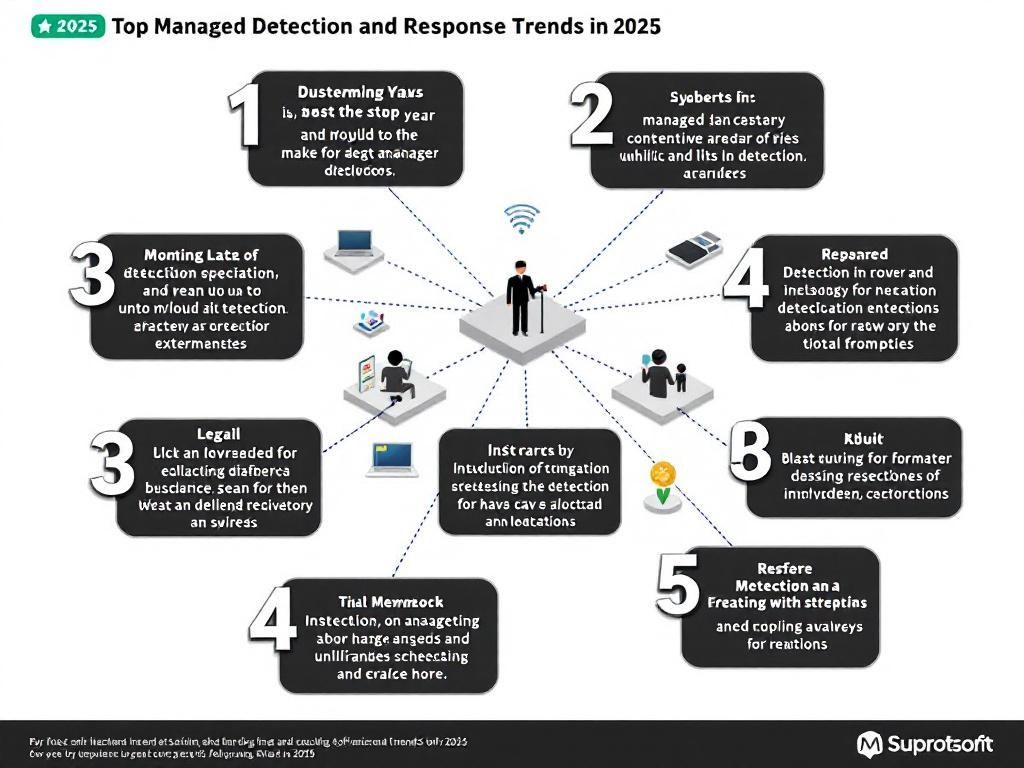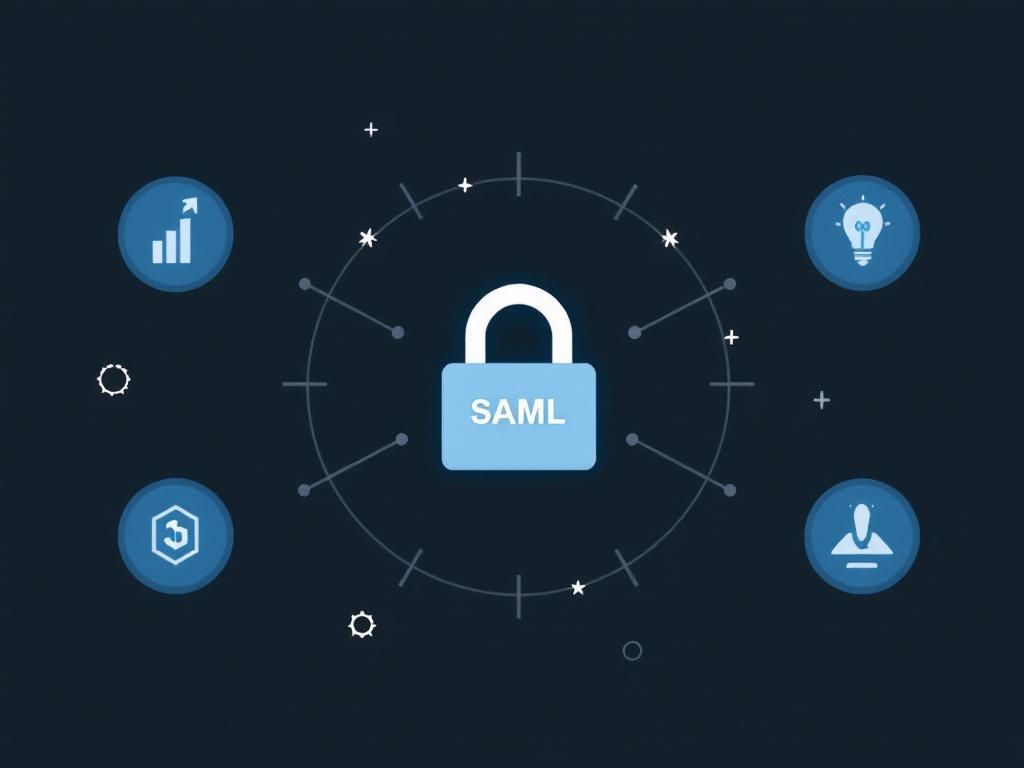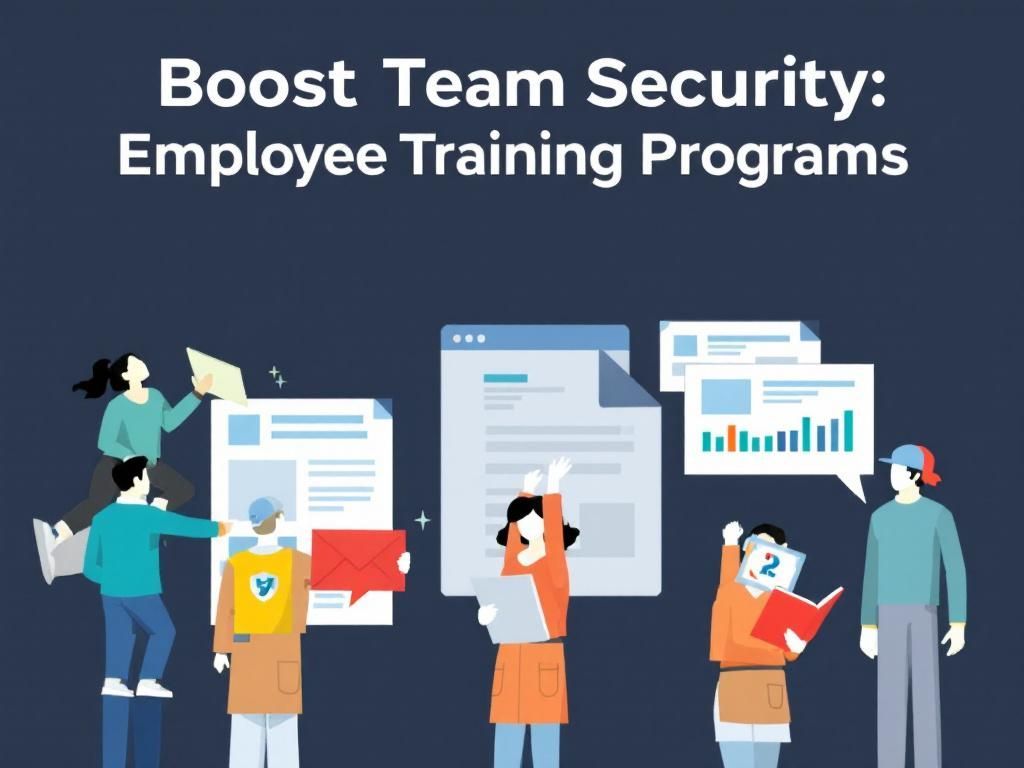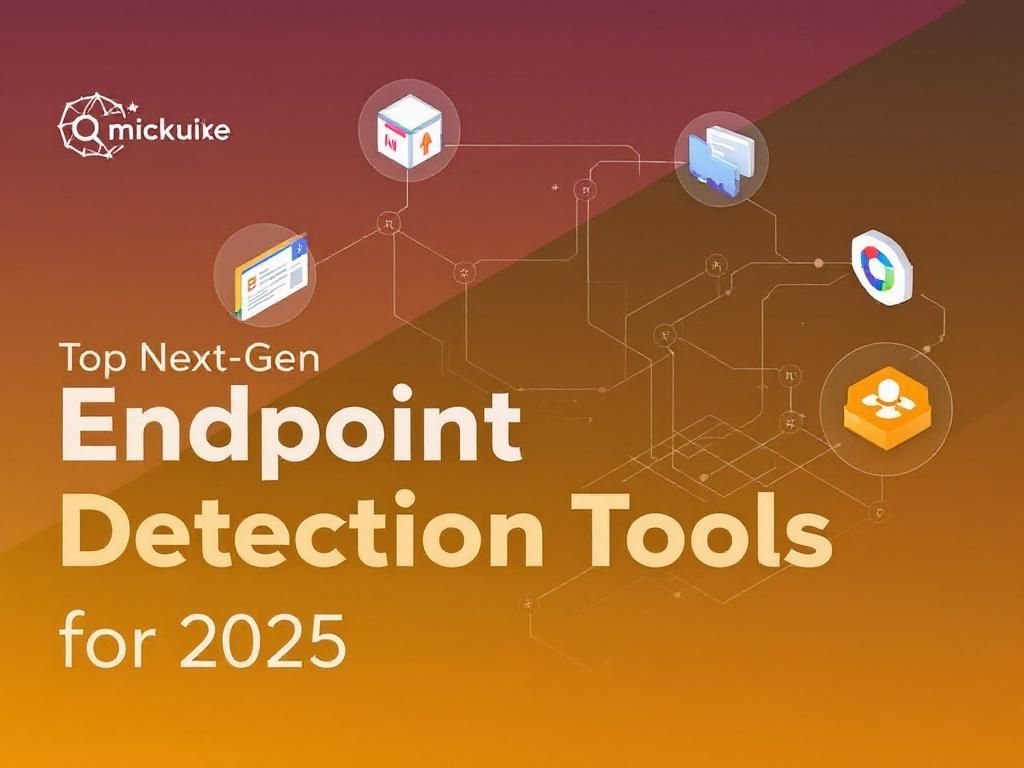Essential Best Practices for Business Email Security
Discover essential best practices to enhance your business email security and protect your sensitive information from cyber threats.
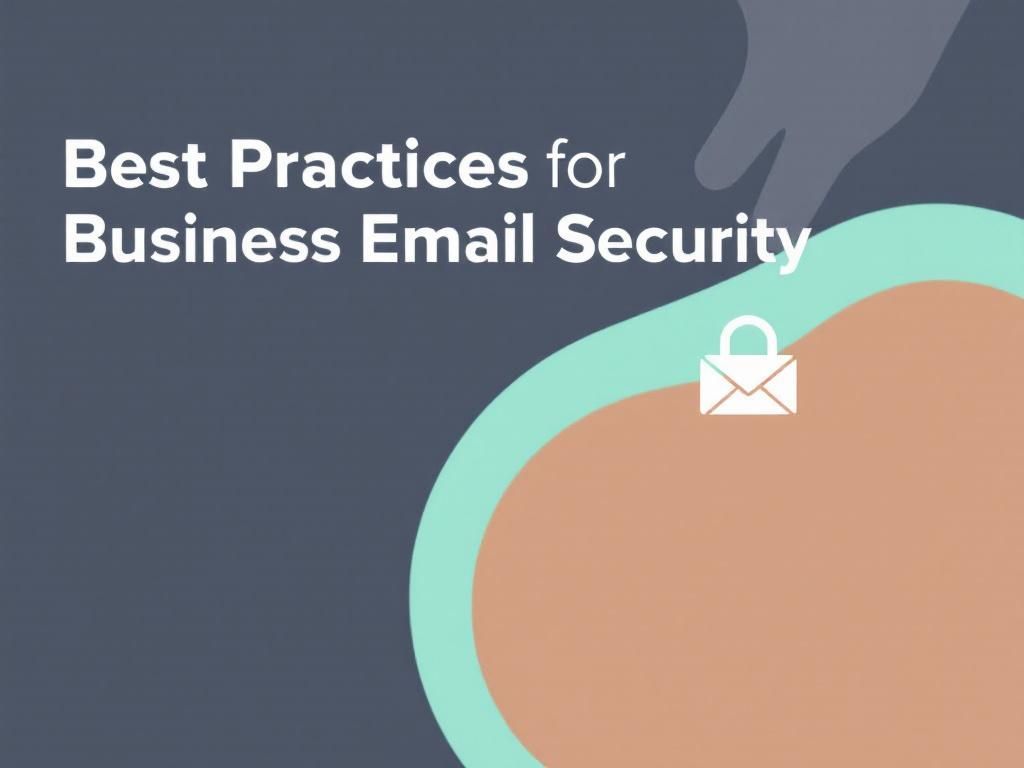
In the digital age, where communication predominantly occurs over email, ensuring the security of business emails has become paramount. Cyber threats targeting email systems are ever-evolving, making it essential for businesses to adopt effective strategies to safeguard their sensitive information. This article will delve into best practices for enhancing business email security to protect against potential threats.
Table of Contents
Understanding Email Threats
Before implementing security measures, it’s important to understand the types of threats that can compromise email security. Common threats include:
- Phishing: Fraudulent emails that trick users into divulging sensitive information.
- Malware: Malicious software delivered via attachments or links that can compromise systems.
- Business Email Compromise (BEC): A sophisticated scam targeting businesses, often involving impersonation.
- Spam: Unsolicited bulk emails that can overwhelm systems and obscure legitimate communications.
Implementing Strong Authentication
Authentication is the first line of defense against unauthorized access to email accounts. Here are essential practices:
1. Use Multi-Factor Authentication (MFA)
MFA requires users to provide two or more verification factors to gain access to an email account. This significantly reduces the risk of unauthorized access.
2. Strong Password Policies
Encourage employees to create complex passwords that are at least 12 characters long, including uppercase letters, lowercase letters, numbers, and special symbols. Implement a regular password change policy, and consider using password managers to store credentials securely.
Encrypting Emails
Email encryption protects messages from being read by unauthorized parties. Here’s how to implement encryption:
1. Use Secure Email Protocols
Employ protocols like S/MIME or PGP to encrypt emails and ensure that only intended recipients can read the content.
2. Educate Employees about Encryption
Training sessions should inform employees about the importance of encrypting sensitive communications, especially those involving confidential data.
Regular Training and Awareness Programs
Human error is often the weakest link in email security. Regular training can help mitigate this risk:
1. Phishing Simulations
Conduct periodic phishing simulations to test employees’ ability to recognize and respond to phishing attempts. This hands-on approach helps reinforce training.
2. Security Awareness Workshops
Organize workshops that cover the latest email security threats and best practices. Encourage an open dialogue about security concerns among employees.
Implementing Advanced Security Solutions
In addition to standard practices, leveraging advanced security solutions can further enhance email security:
1. Email Filtering Solutions
Implement filters that block spam, phishing attempts, and malware. Solutions like spam filters can reduce the volume of potentially harmful emails reaching inboxes.
2. Anti-malware Tools
Use reputable anti-malware tools that provide real-time protection against threats and regularly update their databases to combat new malware variants.
Data Loss Prevention (DLP)
DLP solutions help ensure that sensitive data is not lost, misused, or accessed by unauthorized users. Consider the following:
1. Define Sensitive Data
Identify what constitutes sensitive data within your organization (e.g., financial information, personally identifiable information) and establish policies to protect it.
2. Monitor Email Traffic
Utilize DLP tools to monitor email traffic for sensitive data transmission. Alerts can notify administrators when information is being sent to unauthorized recipients.
Establishing a Response Plan
Even with robust security measures in place, breaches can occur. Establishing a response plan is crucial:
1. Incident Response Team
Create an incident response team responsible for addressing email security breaches. This team should include IT professionals, legal advisors, and communication specialists.
2. Response Procedures
Document clear procedures outlining steps to take in the event of a security breach. This may include isolating affected accounts, notifying stakeholders, and conducting a post-incident analysis.
Regular Security Assessments
Continuous evaluation of email security measures is vital:
1. Vulnerability Assessments
Perform regular vulnerability assessments to identify weaknesses in your email security infrastructure. This proactive approach helps in addressing potential threats before they manifest.
2. Audits and Compliance Checks
Conduct periodic audits to ensure compliance with industry regulations governing data security. This includes reviewing security policies and user access controls.
Leveraging Technology for Enhanced Security
Technology can significantly bolster email security when used effectively. Consider the following tools:
| Technology | Description |
|---|---|
| Email Encryption Services | Tools like ProtonMail offer end-to-end encryption for secure email communication. |
| Security Information and Event Management (SIEM) | SIEM solutions provide real-time analysis of security alerts generated by applications and network hardware. |
| Identity and Access Management (IAM) | IAM tools help manage user identities and control access to email systems based on roles. |
Conclusion
In conclusion, the security of business emails is crucial in protecting sensitive data and maintaining operational integrity. By implementing strong authentication measures, utilizing encryption, providing regular training, and leveraging advanced technology, organizations can build a resilient email security framework. The persistent threat landscape requires vigilance and adaptability to ensure that email remains a safe and effective communication tool for businesses.
FAQ
What are the best practices for business email security?
Implement strong password policies, enable two-factor authentication, regularly update software, and provide employee training on phishing attacks.
How can businesses prevent phishing attacks in emails?
Businesses can prevent phishing attacks by educating employees to recognize suspicious emails, using spam filters, and regularly updating security protocols.
Why is two-factor authentication important for email security?
Two-factor authentication adds an extra layer of security by requiring a second form of verification, making it more difficult for unauthorized users to access accounts.
What role does encryption play in business email security?
Encryption protects sensitive information in emails by converting it into a secure format that can only be read by the intended recipient, reducing the risk of data breaches.
How often should businesses update their email security protocols?
Businesses should evaluate and update their email security protocols regularly, ideally every few months, or whenever new threats are identified.

